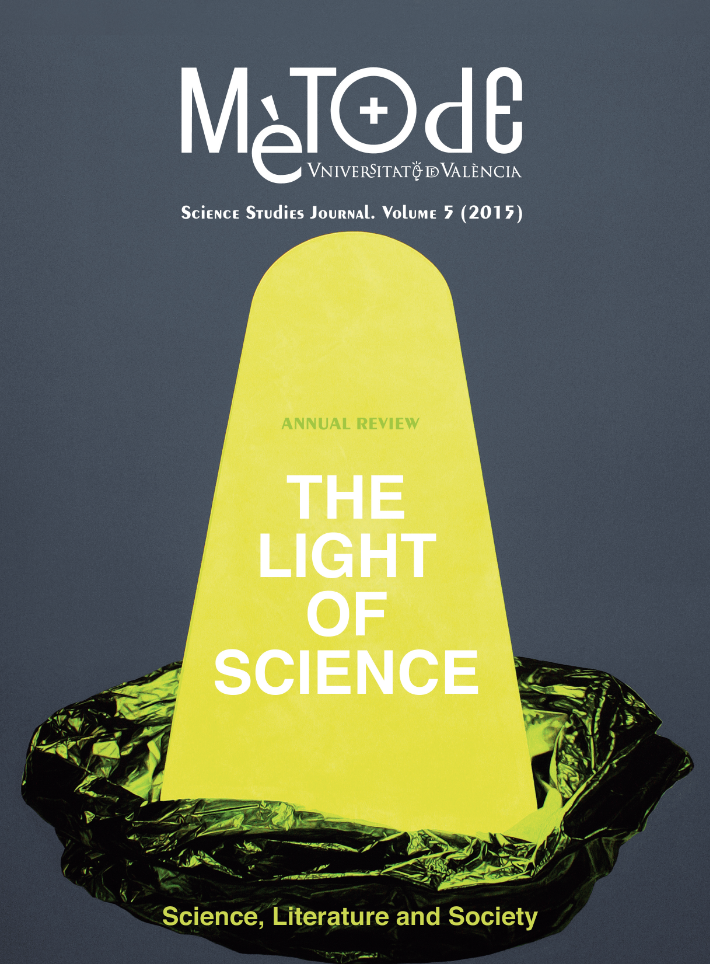Science, art and revelation: Or chromatic theory for interdisciplinary knowledge
DOI:
https://doi.org/10.7203/metode.0.4259Keywords:
scientific method, science, knowledge, interdisciplinarity, teaching Abstract
Abstract
After several centuries of science, there is no consensus between scientists and science thinkers as to whether or not there is something that deserves to be called «scientific method» and, if so, whether or not it is unique and universal. So, considering all the science accumulated so far, can we find some common shared idea? To begin with, what does understanding mean in science? We should prove three suppositions: first, that the scientific method exists and is unique. The second, that we can gain a panoramic view of the map of general knowledge by using it. And the third, that it inspires not only the acquisition of new knowledge, but also how to disseminate it, that is, a complete theory for teaching.
 Downloads
Downloads
 References
References
Paiva, G. S.; Pavâo, A.; de Vasconcelos, E. A.; Mendes, O. and Jr E. da Silva Felisberto, 2007. «Production of Ball-Lightning-Like Luminous Balls by Electrical Discharges in Silicon». Physical Review Letters, 98: 218-222. DOI: <10.1103/PhysRevLett.98.048501>.
Popper, K. R., 1959. The Logic of Scientific Discovery. Basic Books. New York.
Schrödinger, E., 1944. What Is Life? Mind and Matter. Cambridge University Press. Cambridge.
Solsona, M. and J. Wagensberg, 2002. «Taphonomy, a Discovery for Museology». Contributions to Science, 2: 277-279.
Wagensberg, J.; Brandao, C. R. and C. Baroni Urbani, 1996. «Le mystère de la chambre jaune I». La Recherche, 288: 54-59.
Wagensberg, J., 2014. «On the Existence and Uniqueness of the Scientific Method». Biological Theory, 9: 331-346. DOI: <10.1007/s13752-014-0166-y>.
Witze, A., 2012. «Higgs Found». Science News, 182(2): 5.
Published
How to Cite
-
Abstract1667
-
PDF (Català)311
-
PDF (Español)1128
-
PDF134
Issue
Section
License
![]()
All the documents in the OJS platform are open access and property of their respective authors.
Authors publishing in the journal agree to the following terms:
- Authors keep the rights and guarantee Metode Science Studies Journal the right to be the first publication of the document, licensed under a Creative Commons Attribution-NonCommercial-NoDerivatives 4.0 International License that allows others to share the work with an acknowledgement of authorship and publication in the journal.
- Authors are allowed and encouraged to spread their work through electronic means using personal or institutional websites (institutional open archives, personal websites or professional and academic networks profiles) once the text has been published.





